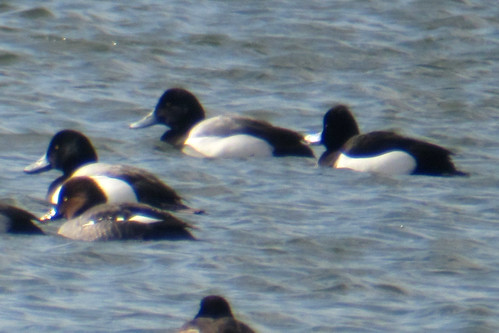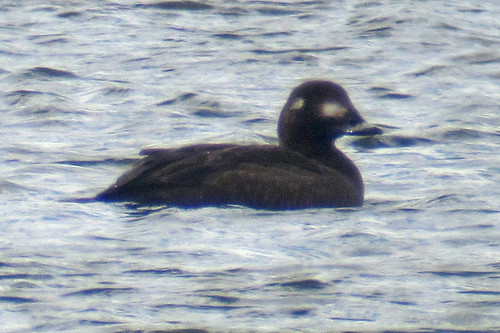Almost everyone has at least one thing that they look forward to every week, be it a yoga class, pizza night, or that one morning that you get to sleep in. What ever it may be, we all have something that gives us a little extra boost to help get through the rest of the week. For me, my boost comes every Thursday afternoon.
Why Thursday afternoons? Well, that is when North Branch Trekkers after school program happens. For a few hours every week, I get to rekindle some of my favorite childhood memories of playing outside while I explore the fields and forests of Montpelier with a group students who are creating memories of their own. To give you an idea of what we do after school at NBNC, here are just a handful of the activities we did this past fall:
Shelter Building - The challenge was to build a shelter that all of 10 of us (8 kids, 1 high school student, and 1 adult) could fit under that would protect us from the rain. We decided to build the shelter at Deer Camp so that the Forest School and Forest Pre-School programs could use it as well. First we tied our cross beam to our two support trees and then we gathered saplings to lean against it to act as a roof. Then we piled on the leaves as thick as we could, hoping that they would shed water and keep the rain out. Once the shelter was built, it was time to test it out. Here you can see that it passed the first test, we could all fit underneath it.
 |
| Under the shelter |
Next came the water proof test, a.k.a. The Five Gallon Challenge...
 |
| Water proofing test,... with Trekkers inside! |
Unfortunately, we did not have quite enough leaves!
 |
| Wet Trekkers |
Tracking: We also spent plenty of time with our eyes to the ground as we practiced our tracking skills. One afternoon, we followed one set of deer tracks as far as we possibly could. It led us through the woods, across creeks, and along the edge of a beaver pond.
 |
| Following a deer trail |
 |
| Investigating a GIANT beaver chew |
Celebrations: Every semester in Trekkers, we have at least one feast to celebrate our time spent together. This past fall we had a Thanksgiving Feast with everyone bringing their own contribution to be cooked over the fire. Much to the delight of everyone else, one of our Trekkers happens to be an excellent baker!
 |
| Homemade apple pie for our Thanksgiving Celebration! |
Games: Every session of Trekkers begins with a game or challenge to complete before everyone arrives. Once we finally had some snowfall, we busted out the sled and held human sled dog trials.
 |
| The human dog sled |
Outdoor Living Skills: Of course, with the cold comes a need for warmth and during Trekkers, the kids are the fire tenders. We practiced making tinder bundles and experimented with different materials to see which ones would light the easiest and burn the longest. After discovering the wonders of steel wool and birch bark, we challenged ourselves a little more by using only materials that we could find in the field. It was much more difficult, but with some persistence, we got the fire going!
 |
| Fire starting with flint and steel |
Wildlife Monitoring: One of the most interesting things we do during Trekkers is monitor wildlife through the use of a game camera. We would pick a location to set it up by finding an area that would likely have a good deal of wildlife traffic, so near food sources, bodies of water, and game trails. The camera has a motion sensor on it so whenever something moves in front of it, it takes a picture. Each picture is stamped with the date, time, moon phase, and temperature. Of our many photos collected, these two are possibly the coolest. The first one is of a young fawn with its mother taken on the last day of September. The second is of the same fawn (presumably), taken 40 days later! Only time will tell if it will still be there in the spring!
 |
| Fawn at the end of September |
 |
| Same fawn 40 days later! |























